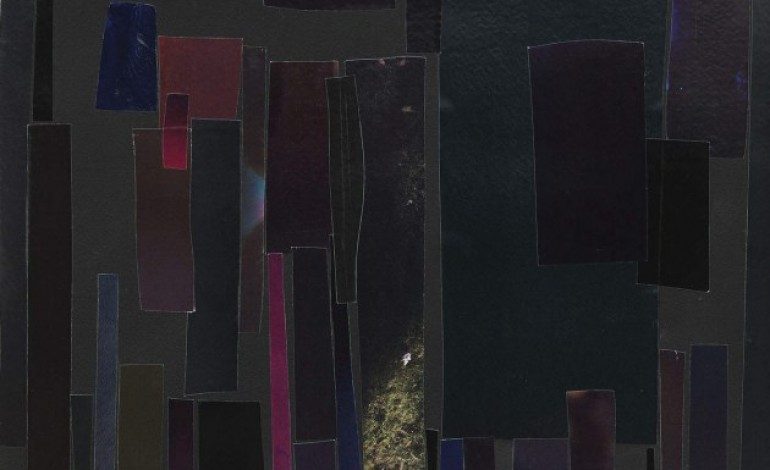

49% Obnoxious, 51% Fun
There is a certain art to sound production that often goes overlooked. While musicians and songwriters surely deserve plenty of credit for their raw artistic achievements, their work would not achieve nearly the same sonic resonance without the layers of polish applied by their cohorts in the studio. Since the advent of recording technology, audio engineers have left their firm, yet largely unappreciated imprint on artists’ music. And as digital technology continues to expand, the scope of the producer’s influence has merely grown. Enter Katie Gately. Possessing a unique pedigree that includes work as both a sound designer and an audio producer, Gately manages to construct some masterfully refined musical atmospheres. Yet while her music boasts the crispness of a Top 40 hit, she incorporates layers of found sound that more closely resemble something from an avant-garde noise experiment. This juxtaposition leads to a sound that is both absorbing and fundamentally unique, one that has helped Gately to build a small base of loyal, eclectic-minded followers.
Gately’s debut LP, Color, attempts to capture these same, bold sonic creations. The album features seven sprawling works that showcase a dizzying array of textures–the opener, “Lift,” encompasses a whopping 421 separate layers, to Gately’s count! This can, of course, lead to brief moments of sensory overload, as the listener attempts to find his or her footing. However, Gately’s experience in production clearly shows, as she is able to meticulously organize these vast layers of sound so that her tracks rarely feel overstuffed. “Tuck” nicely balances its gritty percussive noises so that it vaguely resembles mainstream electronic music. “Sift” offers a spellbindingly dark and industrial soundscape that is colored by a chorus of uniquely harmonized vocal wails, helping it to achieve a tone similar to that of aural mastermind Trent Reznor. Gately’s approach is simultaneously adventurous and accessible. While her unique composition method is more akin to avant-noise-rock, her soothing vocals and gorgeous mixing help her music to resonate with more casual listeners.
Of course, Gately’s work does exhibit certain qualities that will undoubtedly irritate these same listeners. With her determined emphasis on sonic texture, she occasionally sacrifices melodic and harmonic content. Most of her compositions feature a vocal line accompanied by layers upon layers of highly rhythmic sounds. However, aside from the occasional synthesizer–such as in the arpeggiated flourishes of “Sire”–Gately mostly eschews harmony. And while her voice is undeniably charming, her melodies are not particularly inspiring. No musical passage on Color is likely to get stuck in the listener’s head, which is not necessarily condemning, but it prevents Gately’s album from ever achieving the mainstream appeal of some of her sonic counterparts, such as Nine Inch Nails or The Knife.
Although Color is certainly a challenging listen, it is remarkably well balanced. Gately strips down her sound in “Rive” and “Color” to afford the listener a few moments of auditory respite. The latter track features a swirling blend of eerie synth textures, paired with cavernous bass figures and Gately’s distinctive soprano, to help end the album on a strikingly somber note. Compared to the sheer density of the rest of the album, “Color” offers a much more digestible, no-frills sound. And for those grappling with the sonic depth of Gately’s more audacious works, Color’s nine-minute closer is a suitable entry point.
Despite the sophisticated production quality of Gately’s work, she should not be mistaken for a pop musician. Through her implementation of field recordings and vast layering, her music resolutely pushes the sonic envelope well past the conformist confines of the mainstream. Gately’s intrepid experimentation will surely appeal to lovers of the avant-garde and sound design–as well as to her growing fan base. And while Color isn’t the easiest of listens, its intricacy is stimulating, as more and more layers reveal themselves upon each subsequent listen.
